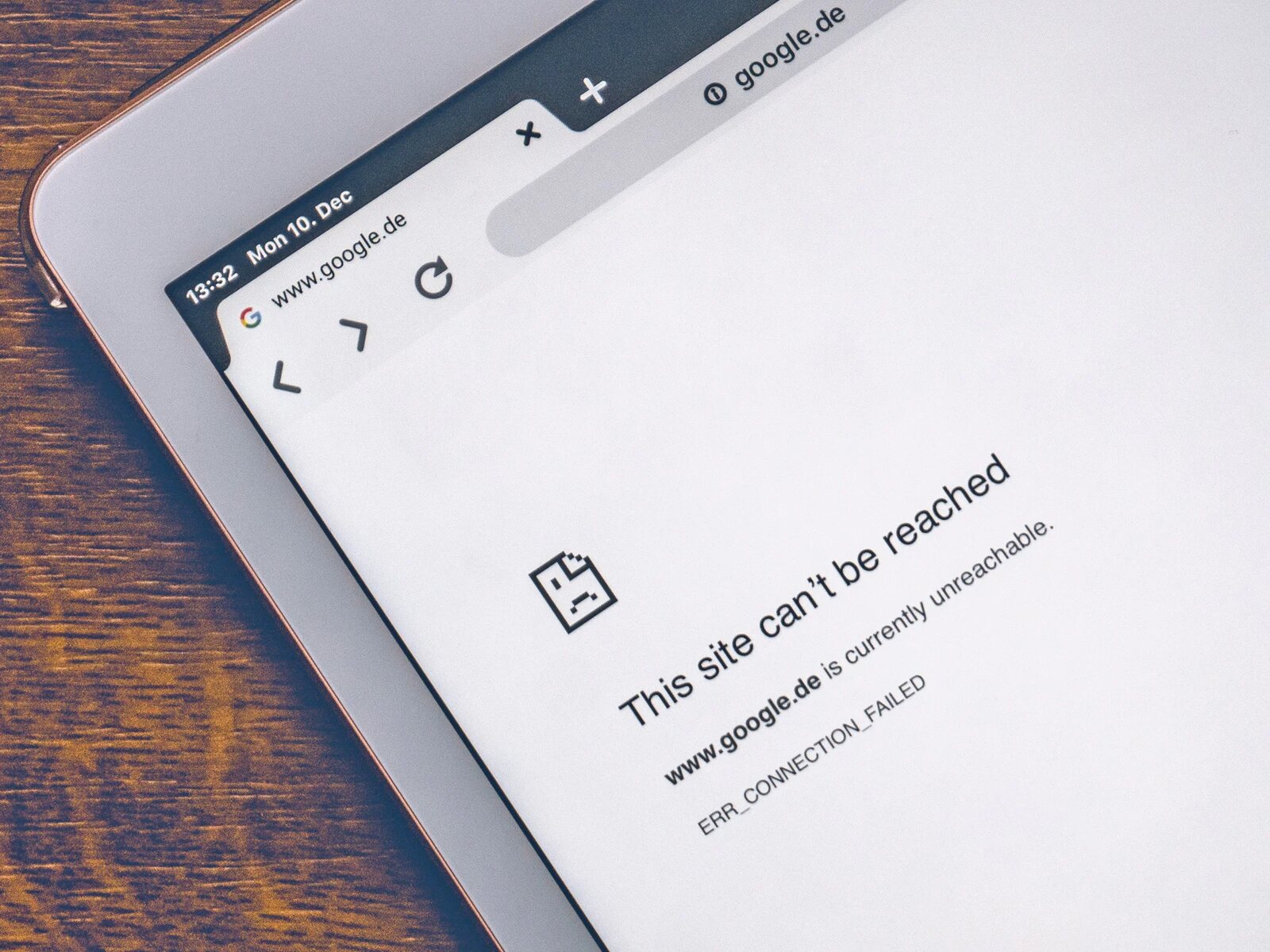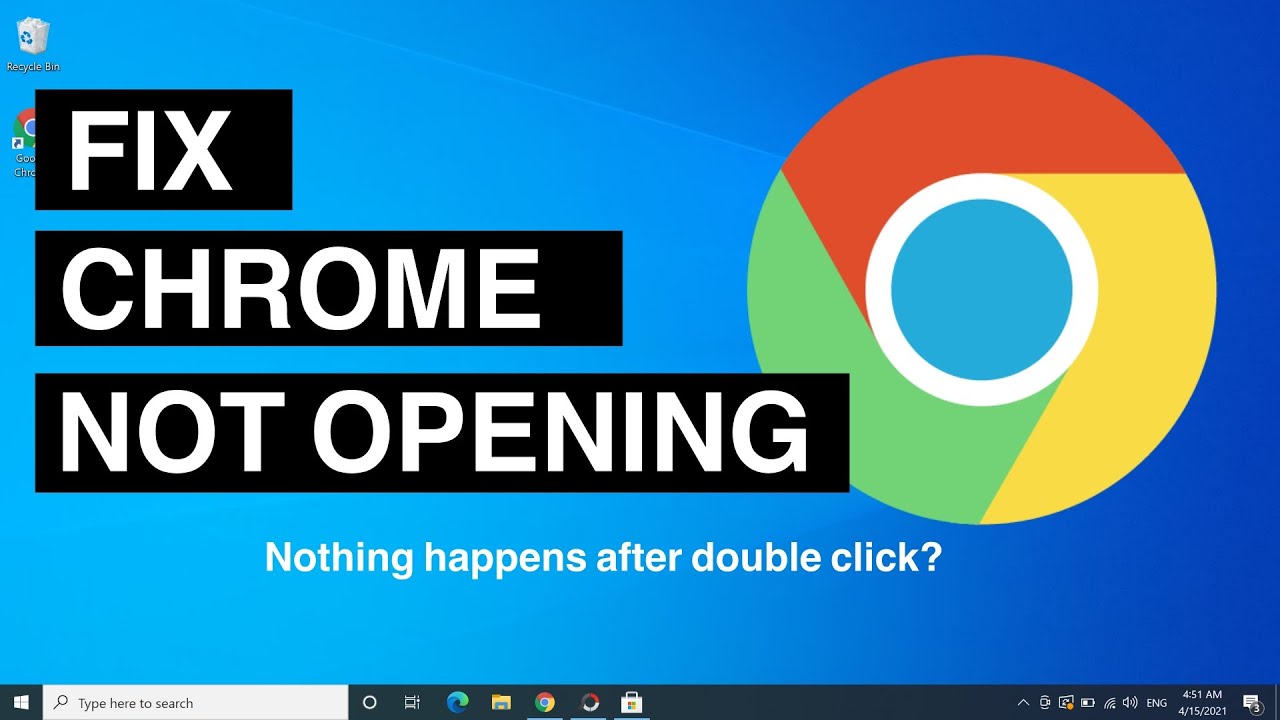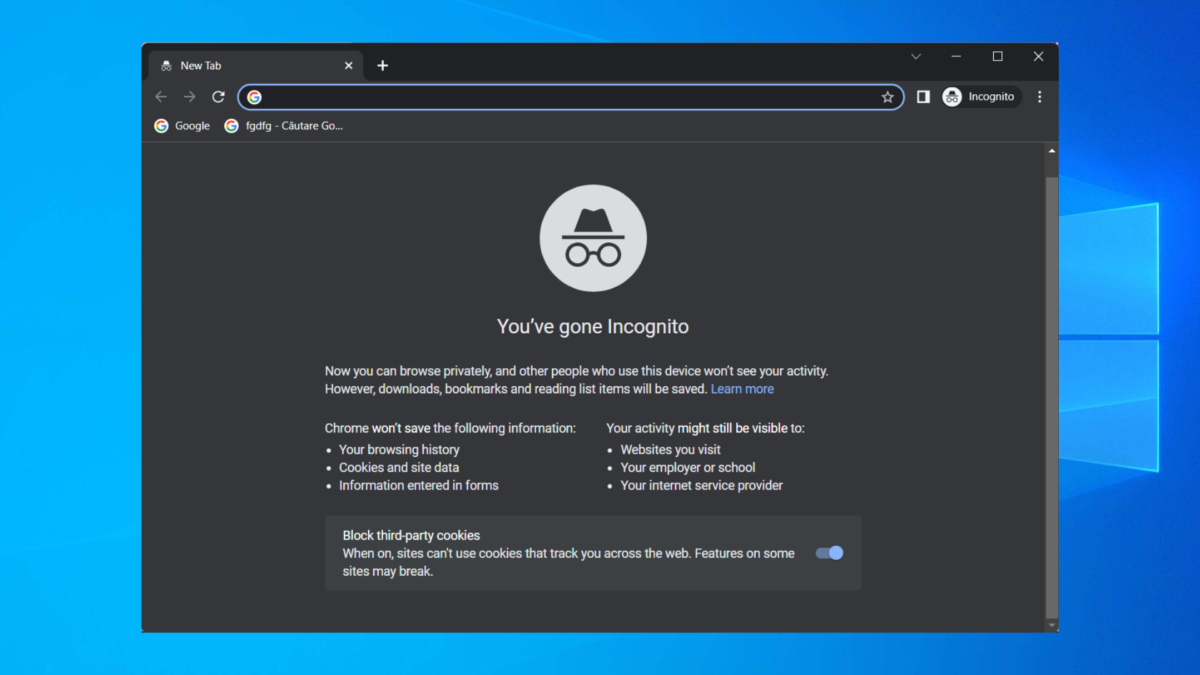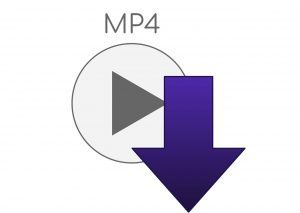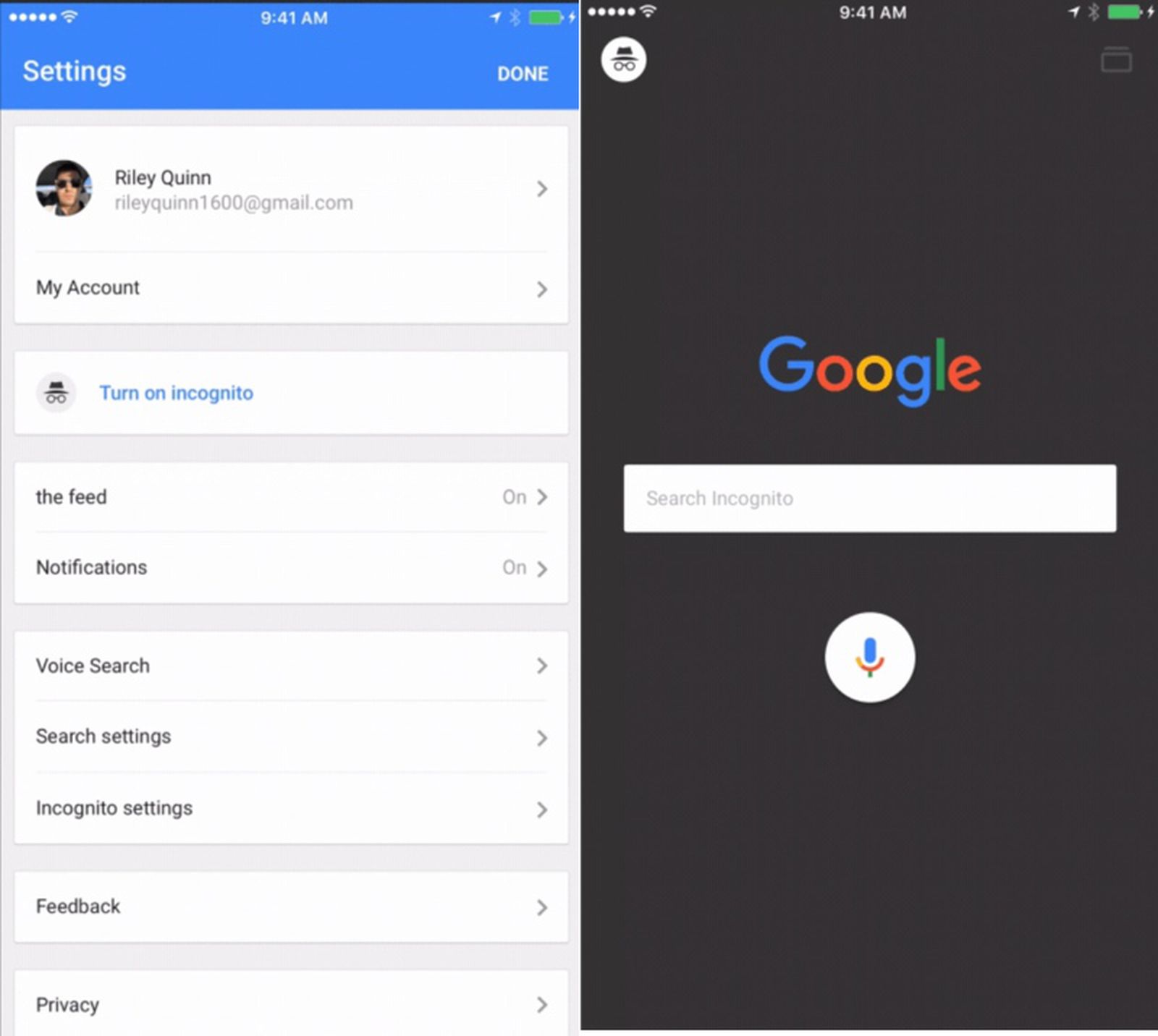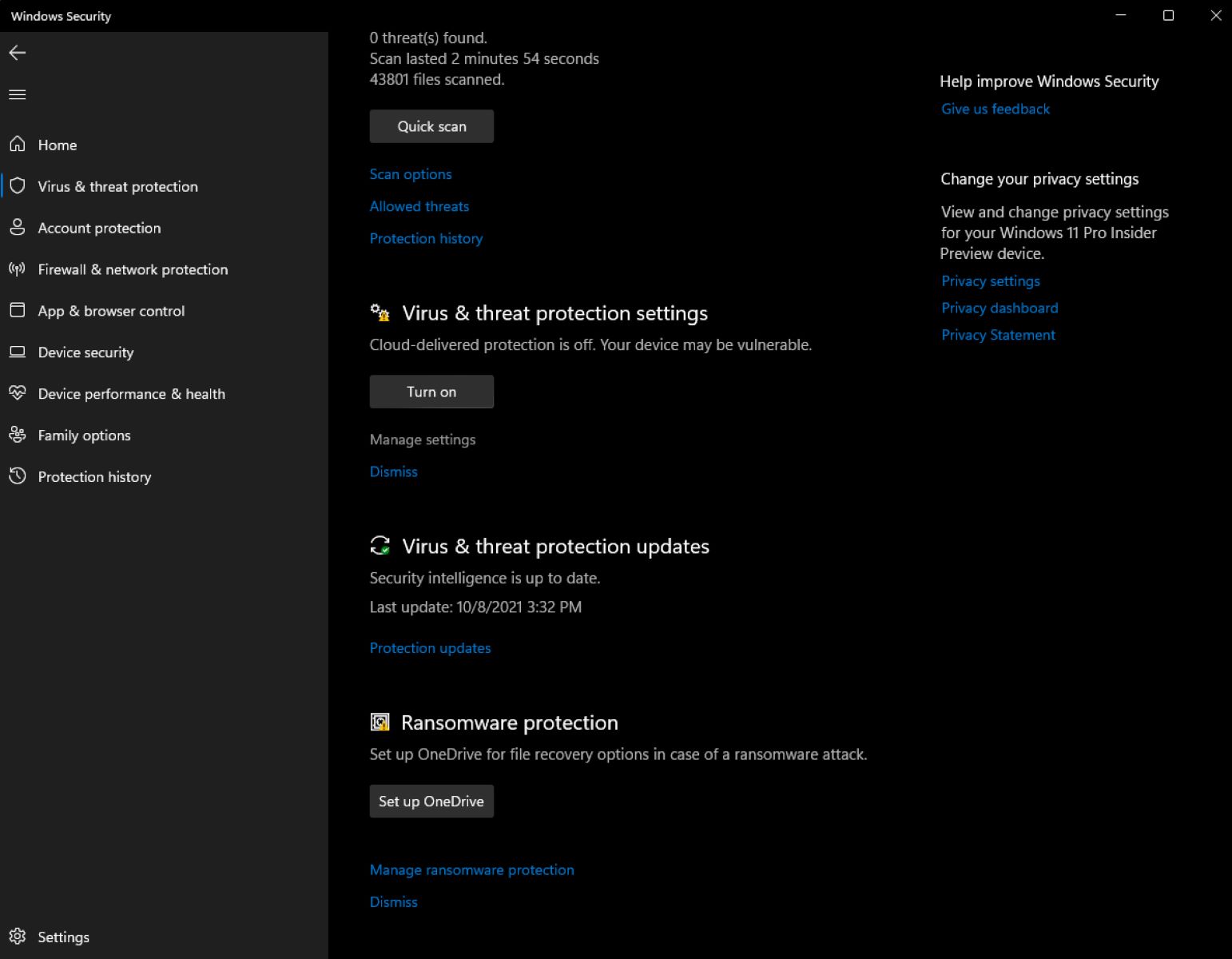Introduction
Encountering issues with viewing pictures on websites while using Google Chrome can be frustrating and perplexing. The inability to see images may hinder your browsing experience, especially when visual content plays a crucial role in conveying information and enhancing the aesthetics of websites. However, there are several potential reasons why this issue may arise, ranging from browser settings and extensions to connectivity issues and outdated software.
In this comprehensive guide, we will delve into the various troubleshooting steps to address the concern of not being able to view pictures on websites in Google Chrome. By following these steps, you can potentially resolve the issue and restore the seamless browsing experience you desire. Whether you're a casual internet user or a professional navigating the web for work-related purposes, understanding how to troubleshoot this common issue in Google Chrome can be invaluable.
Let's explore the steps to identify and resolve the root cause of this issue, empowering you to enjoy a visually rich and immersive browsing experience without any hindrances. Whether it's a simple cache clearance or a more complex browser extension conflict, we'll cover the essential strategies to help you regain access to the visual content that websites have to offer.
Clearing the Cache and Cookies
One of the initial steps to troubleshoot the issue of not being able to view pictures on websites in Google Chrome is to clear the cache and cookies. Over time, the cache and cookies stored in the browser can accumulate and potentially lead to conflicts that affect the loading of images and other website elements. By clearing these temporary files, you can effectively refresh the browser's data and potentially resolve the issue.
To clear the cache and cookies in Google Chrome, follow these simple steps:
-
Open Google Chrome Settings: Click on the three-dot menu icon located in the top-right corner of the browser window. From the dropdown menu, select "Settings" to access the browser's settings.
-
Access Privacy and Security Settings: Within the Settings menu, navigate to the "Privacy and security" section. Here, you will find the option to clear browsing data, which includes the cache and cookies.
-
Clear Browsing Data: Under the "Privacy and security" section, click on "Clear browsing data." This will open a window where you can select the types of data to clear. Ensure that "Cookies and other site data" and "Cached images and files" are selected.
-
Choose Time Range: You can choose the time range for which you want to clear the data. Select "All time" to clear all cached data and cookies from the beginning of time.
-
Clear Data: Once you have selected the desired options, click on the "Clear data" button to initiate the clearing process.
After clearing the cache and cookies, restart Google Chrome and revisit the websites where you were experiencing issues with viewing pictures. By clearing the cache and cookies, you have effectively reset the browser's stored data, potentially resolving any conflicts that were hindering the display of images.
It's important to note that clearing the cache and cookies may log you out of websites and reset certain preferences, so be prepared to re-enter any necessary login credentials and adjust settings as needed. Additionally, this process may improve the overall performance of Google Chrome, as it removes accumulated data that can impact the browser's speed and responsiveness.
By following these steps to clear the cache and cookies in Google Chrome, you have taken a proactive approach to troubleshooting the issue of not being able to view pictures on websites. If the problem persists, further steps such as checking for browser extensions and updating Google Chrome can be explored to continue the troubleshooting process.
Checking for Browser Extensions
Browser extensions, while offering additional functionality and customization options, can sometimes interfere with the normal operation of Google Chrome, leading to issues such as the inability to view pictures on websites. When troubleshooting this problem, it's essential to examine the installed extensions to identify any potential conflicts or problematic add-ons that may be impacting the browser's performance.
To check for browser extensions in Google Chrome, follow these steps:
-
Access the Extensions Menu: Click on the three-dot menu icon in the top-right corner of the browser window and navigate to "More tools" and then "Extensions." This will open the Extensions page, where you can view all the installed extensions.
-
Review Installed Extensions: Take a close look at the list of installed extensions. Pay attention to any extensions that are related to image handling, content blocking, or website customization. Additionally, be mindful of any recently installed extensions that coincided with the onset of the issue.
-
Disable Extensions: To test whether an extension is causing the problem, consider temporarily disabling all extensions by toggling the switch next to each extension to the off position. After disabling the extensions, revisit the websites where you were experiencing issues with viewing pictures to see if the problem persists.
-
Enable Extensions One by One: If disabling all extensions resolves the issue, re-enable the extensions one by one, visiting the problematic websites after enabling each extension. This step can help pinpoint the specific extension that is causing the conflict.
-
Remove Problematic Extensions: If you identify a specific extension that consistently causes the issue, consider removing it from Google Chrome entirely. To do this, click on the "Remove" button next to the problematic extension on the Extensions page.
By thoroughly examining and managing the browser extensions, you can effectively troubleshoot the issue of not being able to view pictures on websites in Google Chrome. It's important to remember that while extensions can enhance the browsing experience, they can also introduce conflicts and compatibility issues. Regularly reviewing and managing extensions can help maintain the stability and performance of the browser.
If checking for browser extensions does not resolve the issue, further steps such as updating Google Chrome and checking the internet connection can be explored to continue the troubleshooting process. Identifying and addressing potential conflicts introduced by browser extensions is a crucial step in maintaining a seamless and trouble-free browsing experience in Google Chrome.
Updating Google Chrome
Ensuring that Google Chrome is running on the latest version is essential for maintaining optimal performance and resolving potential compatibility issues that may hinder the display of images on websites. Outdated browser versions can lead to various technical glitches, including the inability to load visual content effectively. Therefore, updating Google Chrome to the latest version is a crucial step in troubleshooting the issue of not being able to view pictures on websites.
To update Google Chrome to the latest version, follow these straightforward steps:
-
Access the Chrome Menu: Click on the three-dot menu icon located in the top-right corner of the browser window to open the Chrome menu.
-
Navigate to Help: From the Chrome menu, hover over the "Help" option to reveal a submenu.
-
Select About Google Chrome: In the submenu, click on "About Google Chrome." This action will open a new tab displaying information about the current version of Google Chrome and initiate the automatic update check.
-
Update Google Chrome: If an update is available, Google Chrome will automatically begin the update process. Once the update is complete, you will be prompted to relaunch the browser to apply the changes.
-
Relaunch Google Chrome: Click on the "Relaunch" button to restart Google Chrome with the updated version.
By following these steps, you can ensure that Google Chrome is running on the latest version, potentially resolving any underlying issues that were impacting the display of images on websites. It's important to note that updating Google Chrome not only addresses potential compatibility issues but also introduces new features and security enhancements, contributing to an overall improved browsing experience.
Regularly updating Google Chrome is a proactive approach to maintaining the stability and performance of the browser. By staying up to date with the latest version, you can benefit from enhanced security measures, improved website compatibility, and optimized performance, ultimately ensuring a seamless and visually rich browsing experience.
If updating Google Chrome does not resolve the issue of not being able to view pictures on websites, further steps such as checking the internet connection and adjusting content settings can be explored to continue the troubleshooting process. Keeping Google Chrome updated is a fundamental practice in mitigating potential technical issues and ensuring a reliable and enjoyable browsing experience.
Checking Internet Connection
Ensuring a stable and reliable internet connection is paramount when troubleshooting the issue of not being able to view pictures on websites in Google Chrome. A poor or intermittent internet connection can directly impact the browser's ability to load visual content, leading to a frustrating browsing experience. By examining and addressing potential connectivity issues, you can effectively identify and resolve the root cause of the problem.
To check the internet connection in Google Chrome, follow these steps:
-
Network Status: Start by verifying the status of your network connection. Ensure that your device is connected to a stable and active network, whether it's a Wi-Fi network or a wired connection. If using Wi-Fi, check the signal strength and proximity to the router to rule out any potential connectivity issues.
-
Network Troubleshooter: Google Chrome offers a built-in network troubleshooter that can help diagnose and resolve common network-related problems. To access the network troubleshooter, click on the three-dot menu icon in the top-right corner of the browser window, then navigate to "Settings" > "Privacy and security" > "Security" > "Use secure DNS." Here, you can run the network troubleshooter to identify and address any network connectivity issues.
-
Router and Modem: If the network troubleshooter does not resolve the issue, consider restarting your router and modem. Power cycling these devices can often clear temporary network issues and restore a stable connection. After restarting the router and modem, revisit the websites where you were experiencing problems with viewing pictures to see if the issue has been resolved.
-
Speed Test: Conduct a speed test to assess the performance of your internet connection. Various online tools and websites offer speed testing services, allowing you to measure your internet's download and upload speeds. A slow or inconsistent connection can directly impact the loading of images on websites, making it essential to address any speed-related issues.
By thoroughly examining the internet connection and addressing any potential connectivity issues, you can effectively troubleshoot the problem of not being able to view pictures on websites in Google Chrome. A stable and robust internet connection is fundamental to a seamless browsing experience, ensuring that visual content loads promptly and without interruptions.
If checking the internet connection does not resolve the issue, further steps such as adjusting content settings can be explored to continue the troubleshooting process. By systematically addressing each potential cause, you can work towards restoring a visually rich and immersive browsing experience in Google Chrome.
Adjusting Content Settings
Adjusting the content settings in Google Chrome can play a pivotal role in resolving the issue of not being able to view pictures on websites. Content settings govern various aspects of website behavior, including permissions for images, JavaScript, and other media. By fine-tuning these settings, you can potentially address any restrictions or conflicts that may be hindering the display of visual content.
To adjust content settings in Google Chrome, follow these steps:
-
Access Site Settings: Click on the three-dot menu icon in the top-right corner of the browser window and navigate to "Settings." Within the Settings menu, select "Privacy and security" and then "Site settings." This will open the Site settings page, where you can manage permissions for individual websites and adjust content settings globally.
-
Manage Permissions: Within the Site settings page, you can manage permissions for various website elements, including images, JavaScript, and plugins. Focus on the "Images" section, where you can ensure that the option to "Show all (recommended)" is selected. This setting allows websites to display all images without restrictions, potentially resolving any issues related to image visibility.
-
Additional Considerations: While adjusting content settings, it's important to review other relevant permissions, such as JavaScript and plugins. Enabling JavaScript and ensuring that plugins are allowed can contribute to a seamless browsing experience, as these elements are often integral to the proper display of images and interactive content on websites.
-
Site-Specific Settings: If the issue is specific to certain websites, consider managing site-specific settings within the Site settings page. By clicking on "View permissions and data stored across sites," you can access a list of websites and adjust individual permissions, including those related to images and media.
By carefully adjusting content settings in Google Chrome, you can potentially resolve the issue of not being able to view pictures on websites. These settings provide granular control over how websites interact with the browser, allowing you to tailor the browsing experience to your preferences while addressing any potential restrictions that may impact image visibility.
If adjusting content settings does not resolve the issue, further troubleshooting steps may be necessary to identify and address the root cause. By systematically exploring the various potential factors contributing to the problem, you can work towards restoring a seamless and visually rich browsing experience in Google Chrome.
Conclusion
In conclusion, the inability to view pictures on websites in Google Chrome can be a perplexing and frustrating experience, impacting the overall browsing enjoyment and access to essential visual content. Throughout this comprehensive guide, we have explored a series of troubleshooting steps aimed at identifying and resolving the root causes of this common issue. By following these steps, users can effectively address potential conflicts, connectivity issues, and browser settings that may hinder the display of images.
From the initial steps of clearing the cache and cookies to the examination of browser extensions and the importance of updating Google Chrome, users have gained valuable insights into proactive measures for maintaining a seamless browsing experience. Clearing the cache and cookies serves as an essential first step, allowing users to refresh the browser's data and potentially resolve conflicts that impede image loading. Additionally, the careful review and management of browser extensions can help identify and address potential conflicts, ensuring a smoother browsing experience.
The significance of keeping Google Chrome updated cannot be overstated, as outdated versions can lead to various technical glitches, including issues with image visibility. By staying current with the latest version, users can benefit from enhanced features, improved security, and optimized compatibility, contributing to an overall improved browsing experience.
Furthermore, the exploration of internet connectivity and content settings underscores the multifaceted nature of troubleshooting the inability to view pictures on websites. A stable and reliable internet connection is fundamental to seamless browsing, and adjusting content settings can address potential restrictions that impact image visibility, providing users with greater control over their browsing experience.
By systematically addressing each potential factor contributing to the issue, users can work towards restoring a visually rich and immersive browsing experience in Google Chrome. It's important to approach troubleshooting with patience and thoroughness, as identifying and resolving the root cause may require a combination of these steps.
In essence, this guide empowers users to navigate the complexities of browser functionality and connectivity, enabling them to overcome challenges related to image visibility and enjoy a seamless browsing experience in Google Chrome. By implementing these troubleshooting strategies, users can regain access to the visual content that websites have to offer, ultimately enhancing their online interactions and information consumption.







